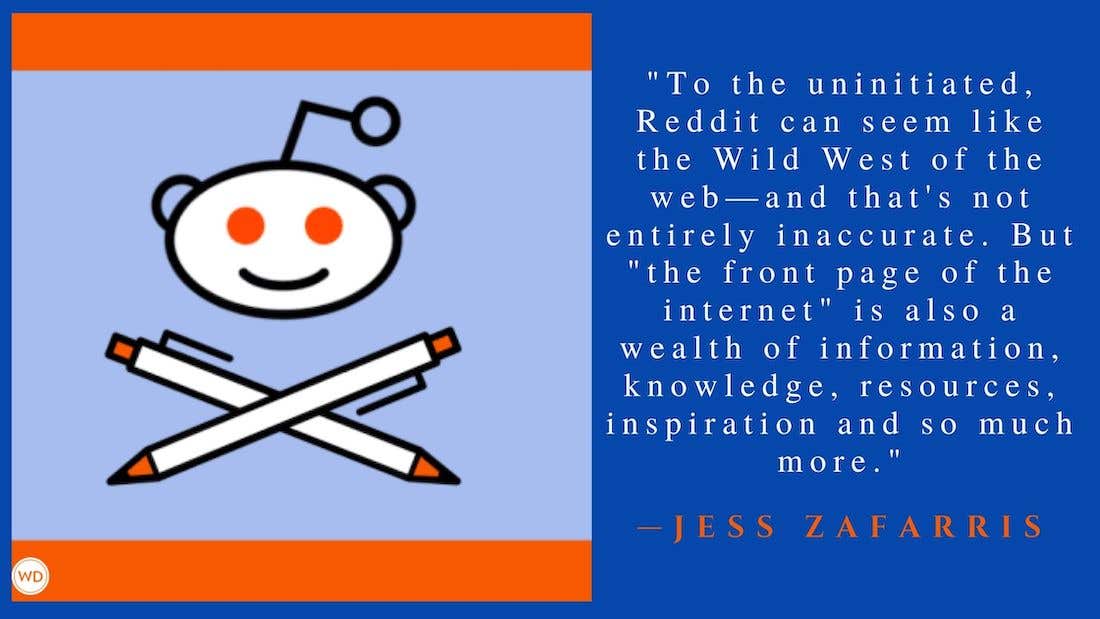Kurt Anderson: Co-chair of Inside.com
Kurt Andersen, co-chair of the hot Internet site Inside.com, founder of Spy magazine and author of the best-selling novel Turn of the Century talks about his career here.
Kurt Andersen, co-chair of the hot Internet site Inside.com, founder of Spy magazine and author of the best-selling novel Turn of the Century, describes his circuitous career path this way: "Here's something else I know nothing about. I might as well do it."
As a result, Andersen's haven't-been-there, haven't-done-that attitude had let his writing dance in nearly every medium—from a best-selling novel and top-shelf magazines, to theater, national radio, broadcast television and the Internet.
His latest boogie is with a just-announced, un-named magazine carrying over Inside.com's idea of covering the converging worlds of entertainment, media, music and technology.
"There are certain types of information suited to the Web and certain types of things more suited to a magazine.
"There is the quick, I-need-to-know-this-now that is great for online, then there is the sitting-back-and-thinking-for-an-hour about how the TV and computer industries might converge."
At Inside.com, he has a wide range of duties—but, technically, is not an editor. "That's not to say that I don't have input. I weigh in on things, but stand back."
During his alleged "lulls" at the new magazine and Web site, he occasionally writes for others.
For instance, in his spare time, Andersen is researching his next novel for Random House, starting a radio show for public radio, and developing his best seller as a screenplay with LA Confidential director Curtis Hanson.
"I always feel, here in the middle of my life, that I didn't have a grand plan for my career. But looking back it seems to make sense, that there was some sort of line."
After attending college at Harvard, Andersen went to New York, without a job, but with a friend in radio—film critic and Today show regular Gene Shalit.
Eventually, Andersen landed a job as a copy boy at the New York Daily News. "I was so full of myself and hated it so much that I quit after one day and called Shalit, saying I really needed a job."
His call worked, and for four years, Andersen worked with Shalit, conceiving ideas and researching pieces.
In 1980, Shalit received a contract to write a book of funny essays called The Real Thing, and let Andersen have a hand.
"It started out to be his, and then he said, 'Hey, it's me and this kid's.' Then, 'Hey, let's turn it over to you.' It was a great break." However, Andersen said that "ungratefully, I immediately quit and went to work for Time."
For three years, he covered politics and crime, eventually becoming the architecture and design critic. In 1986, Andersen began going to lunch with Graydon Carter, from Time's People section. "We had this idea to start a magazine. It became Spy."
Meanwhile, Andersen was approached by NBC about doing a young, irreverent news program. The result was the pilot for After Hours, a satirical news show.
Then in 1991, Andersen and CArter sold Spy. Andersen hung on another year before returning to Time, where he became the media and entertainment editor.
Next, he was named editor of New York Magazine. "It was the only time in my life I was not writing. Instead, I was running the magazine staff."
Andersen was there for three years before he was fired over a difference of opinion. After which, he considered writing his novel.
It was the most daunting thing of my career. Starting a magazine didn't scare me this much. It was like saying I'd hiked on weekends a little and now I'm going to Everest."
In the meantime, he happily wrote a column on the culture industry for The New Yorker.
Eventually, though, he realized that he couldn't do both and took leave from the magazine in March 1998, concentrating solely on his novel.
But doing one project is not Andersen's style. He mentioned an idea to start an Internet site covering the entertainment and technology fields, and a year later, in 1999, Inside.com was founded.
"At that point I thought I would go back to The New Yorker, but this looked pretty fun, having a part of the Internet instead of just watching it."
Julianne Hill has written for The Associated Press, Advertising Age and A&E's Investigative Reports. She lives in Chicago.








